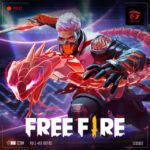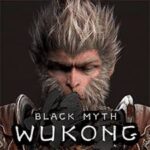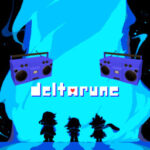Popular Now
Introduction
In the vast and ominous world of Conquest Dark, few classes rival the Necromancer in complexity, strategy, and thematic richness. More than just a summoner of the dead, the Necromancer represents an entire philosophy of warfare—manipulation, sacrifice, and control. This article offers a 2000+ word exploration of this dark and fascinating class. Rather than providing a general overview of the game, we focus deeply on the Necromancer: how it's unlocked, how it plays, what synergies it thrives on, and what weaknesses must be overcome.
The Origins of Necromancy in Conquest Dark
The Necromancer class draws heavily from Conquest Dark's deep lore. Originating from the cursed teachings of the Pale King—an immortal tyrant who once ruled the Shrouded Marshes—necromancers harness the forbidden magic of death.

This lore isn't mere background flavor. It influences quests, item drops, and faction choices. Necromancers are often connected with the Vile Pact, a secretive order of warlocks that thrive in forgotten catacombs and plague-ridden ruins. Choosing this path shapes your story arc, provides access to unique missions, and even alters NPC reactions across regions.
Unlocking the Necromancer Class
Unlike typical classes in Conquest Dark, the Necromancer isn’t immediately available. There are three main methods to unlock it, and each approach influences gameplay significantly.
First, you can choose the Graveborn background during character creation, which grants early necromantic abilities but bars certain light-aligned skills. Second, you can unlock necromancy mid-game by completing the "Bones of the Betrayer" questline, which leads you through an ancient crypt where you must sacrifice a companion to gain dark power. Third, you can recruit a known necromancer, like Alzur the Silent, during Chapter 3 by siding with the Cult of Ashen Truth.
Each path leads to different starting spells, traits, and narrative consequences—making the unlocking method a strategic decision in itself.
Core Mechanics: Essence, Corpse Control, and Soulbinding
Necromancers rely on three unique mechanics that set them apart from all other classes: Death Essence, Corpse Control, and Soulbinding.
Death Essence is generated whenever a unit dies nearby. Unlike mana or stamina, Essence can only be collected from death, turning every fallen soldier into a potential resource. However, hoarding too much Essence triggers Soul Instability, causing random debuffs or haunting spirits to appear.
Corpse Control allows the Necromancer to interact with dead bodies on the battlefield. You can raise skeletons, explode corpses for AoE damage, or drain them for extra Essence. Soulbinding, meanwhile, links summoned units directly to the necromancer—buffing their stats but draining your health gradually.
These systems demand constant decision-making. Do you use a corpse to summon a frontline defender, or detonate it to shatter enemy ranks? Do you stockpile Essence or spend it before triggering instability?
Building and Using Undead Armies
Undead armies are not permanent forces. Instead of training elite units, Necromancers raise temporary warriors to overwhelm, distract, and bleed the enemy dry. You’ll rotate through summoned units in waves, rather than relying on long-term investment.
Skeletons are fast and cheap, ideal for absorbing damage. Ghouls are mid-tier units that deal poison damage and apply fear. Wights are slower but tankier, able to hold key positions or soak up enemy ultimates.
A key strategy is the Sacrificial Wave: send in a group of skeletons to trigger traps or soak AoE spells, followed by a second wave of ghouls to apply pressure, and a third of wights to close ranks. If timed right, this tactic can decimate much stronger opponents by exhausting their abilities and morale.
Mid-Game Power Spike and Corpse Farming
Around chapters 4 to 6, the Necromancer enters a power spike phase. More enemies means more corpses. And more corpses means more Essence—and control.
A popular mid-game tactic is corpse farming: deliberately letting weaker allies die (or killing expendable summons yourself) to fuel a barrage of summon spells. This is especially effective in prolonged battles or siege scenarios.
This phase also introduces powerful mid-tier spells like Bone Storm and Spirit Leech, which allow you to spread damage across large areas or drain multiple targets. Timing these spells when surrounded by corpses can swing a losing battle in your favor.
Artifact Synergies and Dark Equipment
Necromancers become devastating when paired with cursed artifacts and dark equipment. These items can be looted from cursed ruins, earned through allegiance to shadow factions, or crafted using forbidden scrolls.
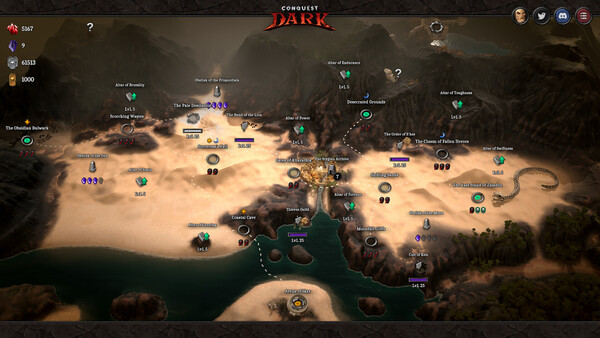
Some of the best synergies include:
-
The Bone Circlet: Reduces Essence cost by 20% for all summons.
-
The Amulet of Lingering Death: Grants summoned units a 25% chance to persist after death.
-
The Soulglass Mirror: Reflects incoming magic damage when five or more undead are active.
Choosing which artifacts to prioritize changes your playstyle. Some players go for maximum summon spam, while others prefer to run a small group of elite undead enhanced by relics.
Counters and Weaknesses to Watch For
Necromancers are powerful, but far from invincible. Their greatest weakness is over-reliance on dead bodies and Essence. In magic-dampened zones, or when facing enemies that destroy corpses, your toolkit becomes severely limited.
Holy-aligned classes like Paladins and Clerics are especially dangerous. Their abilities can purify the battlefield, destroying your summons instantly. Worse, their passive aura often lowers your Essence generation, cutting your resource pool in half.
Additionally, morale becomes a concern. Living allies may panic or disobey if surrounded by too many undead. To counter this, many advanced Necromancer builds include morale boosters or living mercenaries as emotional anchors.
Late-Game Dominance and Build Paths
By the final chapters (8 to 10), the Necromancer transforms into a battlefield god. With high Essence regeneration, upgraded corpse control, and final-tier spells like Plague Comet and Army of the Damned, you can maintain total control of the field.
Popular late-game builds include:
-
The Death Conductor: Focuses on rapid rotation of undead units and AoE control spells.
-
The Lich King: Prioritizes elite undead, such as Bone Dragons or Wraith Knights, supported by powerful buffs and high HP.
-
The Spirit Binder: Uses soulbinding aggressively, maintaining a small force of overpowered summons linked directly to your health pool.
Each build requires balancing risk and reward. A misstep in timing or Essence management can collapse your entire strategy—but when executed well, these builds are nearly unstoppable.
PvP and Campaign Matchups
In competitive play or PvP skirmishes, knowing your matchups is essential. Against melee-focused commanders, Necromancers dominate by kiting and clogging paths. Against fire mages or holy warriors, however, caution is necessary.
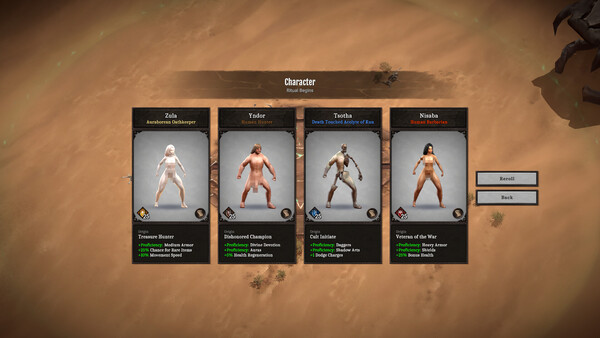
Best practices include:
-
Baiting AoE spells with low-cost summons.
-
Hiding key units behind summoned screens.
-
Saving Mass Resurrection or Bone Wall for counter-engagements.
When played well, Necromancers can maintain pressure and slowly grind down enemy forces, forcing mistakes and draining resources. But one overextension can result in a field-wide collapse.
Advanced Tactics and Hidden Tricks
Veteran players often exploit environmental effects and secondary mechanics to elevate their Necromancer game. A few tips:
-
Summon skeletons on pressure plates to open dungeon gates while your main force holds back.
-
Use ghoul summons behind enemy archers to force them into melee range.
-
Stack Soulbinding and HP drain on elite undead, then use health leech spells to offset the cost.
The true mastery of the class lies in the balance between chaos and control. It’s a dance between death and rebirth, positioning and pressure. Played to perfection, the Necromancer isn’t just a class—it’s a strategic doctrine.

Conclusion
The Necromancer class in Conquest Dark is a deeply rewarding experience for players willing to engage with its complexity. From its dark origins and unique mechanics to its explosive power curve and late-game potential, this class offers unparalleled tactical depth. Whether you're raising armies of the dead, manipulating the battlefield with precise Essence use, or forging a dark legend with forbidden artifacts, mastering the Necromancer is one of the most satisfying journeys the game offers.




